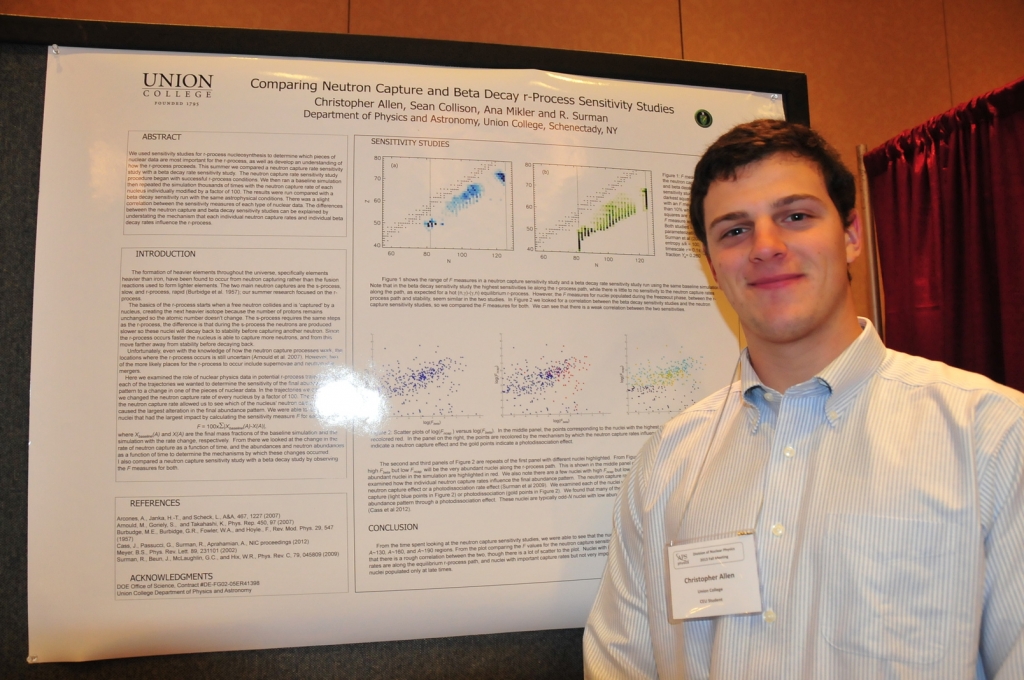
Prof. Orzel was invited to present a talk at TED@NYC, a competition to choose speakers for the main TED conference.
Adapting a chapter from his upcoming book, Eureka: How to Think Like a Scientist, he shared five important steps in the process used by scientists like Albert Einstein, Ernest Rutherford and Niels Bohr. They looked at experimental evidence and introduced new ideas that both explained the particular phenomenon they were looking at and fit together with the ideas of others to make a coherent whole. This, in turn, led to the notion of electrons behaving like waves (introduced by Louis de Broglie). See this
story for more details.




